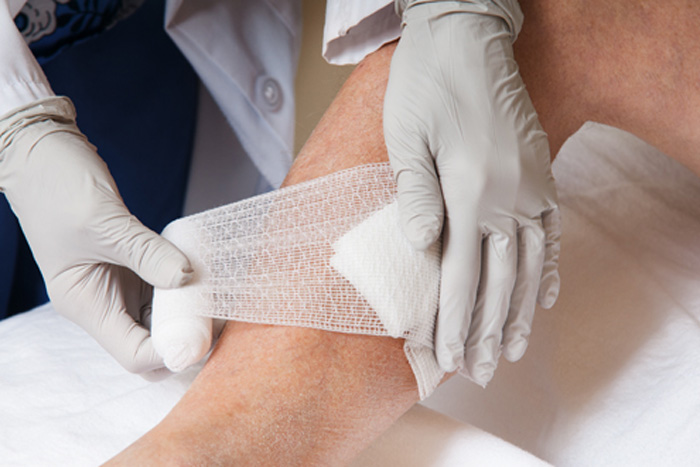Wound care and management is as old as human civilization. While modern medicine has advanced healing techniques, many traditional practices are still effective.
Herbal Remedies
For centuries, various herbs and plants were utilized for their medicinal properties in wound care. Many had antibacterial, anti-inflammatory or wound-healing benefits. Some notable examples include:
– Aloe vera: Known for its soothing, cooling properties. The gel contains compounds that reduce pain and inflammation and boost collagen production for faster wound closure. Even today aloe vera gel is a common ingredient in over-the-counter wound dressings.
– Plantain: The leaves contain compounds that fight infection and promote new cell growth. Chewed plantain leaf poultices were directly applied to wounds as an herbal antibacterial dressing.
– Garlic: Under Traditional Wound Management, garlic bulbs were crushed and applied topically or consumed to prevent wound infection thanks to its antimicrobial allicin. Garlic remains recognized for its ability to inhibit bacteria and stimulate the immune system during wound recovery.
– Turmeric: The yellow spice contains the compound curcumin, which has potent anti-inflammatory and antioxidant effects. Mixed with milk or other substances, turmeric paste was a traditional Indian remedy to disinfect and speed healing of cuts and injuries.
While herbal remedies are no replacement for modern wound care, many remain promising areas for natural product drug development thanks to their wound-healing phytochemicals.
Cleansing and Dressing Techniques
Before the development of antibiotics and sterile techniques, traditional wound cleansers and coverings played an important role in management. Some effective practices included:
– Boiled/decocted plant extracts: Boiling parts of herbs like calendula, elder or comfrey in water produced simple antiseptic solutions to regularly cleanse wounds. The boiling process helped draw out antimicrobial compounds.
– Honey dressings: Honey has natural antibacterial properties and its viscous consistency made it easy to apply as a cover. Raw, unprocessed honey was commonly used as an antiseptic wound dressing prior to bandaging.
– Clay poultices: Various healing clays like Spanish red clay or French green clay were molded over wounds. Their adsorptive properties helped pull toxins and keep wounds moist during healing.
– Compresses: Clean cloth or bandages soaked in herbal decoctions or other antiseptic fluids and wrung out were applied as cleansing compresses to drain wounds.
While cleanliness is more precisely controlled today, basic principles of regular dressing changes, hydration and protecting wounds from contamination remain key to recovery. Traditional approaches effectively fulfilled these roles.
Bandaging and Support Techniques
In essence, the goal of traditional wound care bandaging mirrored modern objectives: provide protection, absorption, padding and motion support as needed. Some noteworthy techniques include:
– Paste/grain bandages: Starchy pastes made from materials like rice, millet or arrowroot were spread on cloth strips and applied directly to wounds then wrapped for adherence and padding during healing.
– Plant fiber strips: Clean strips of plant fibers like flax, hemp or jute were rolled or wound tightly but not too constrictively around injuries for secure compression dressings allowing movement.
– Bamboo/cane splints/slings: Hollowed sections of bamboo, wood or plant stalks aided immobilization of fractures or sprains when bound or tied around affected limbs.
– Slings/swathes: Long, folded cloth strips could be creatively wound or woven around torso, joints or limbs to limit motion during recovery from wounds, strains or surgeries in lieu of plaster casts.
In essence, traditional bandaging methods effectively addressed stabilization and padding priorities critical for proper wound and post-operative recovery long before modern medical tapes and dressings. Their principles endure.
*Note:
1. Source: Coherent Market Insights, Public sources, Desk research
2. We have leveraged AI tools to mine information and compile it


